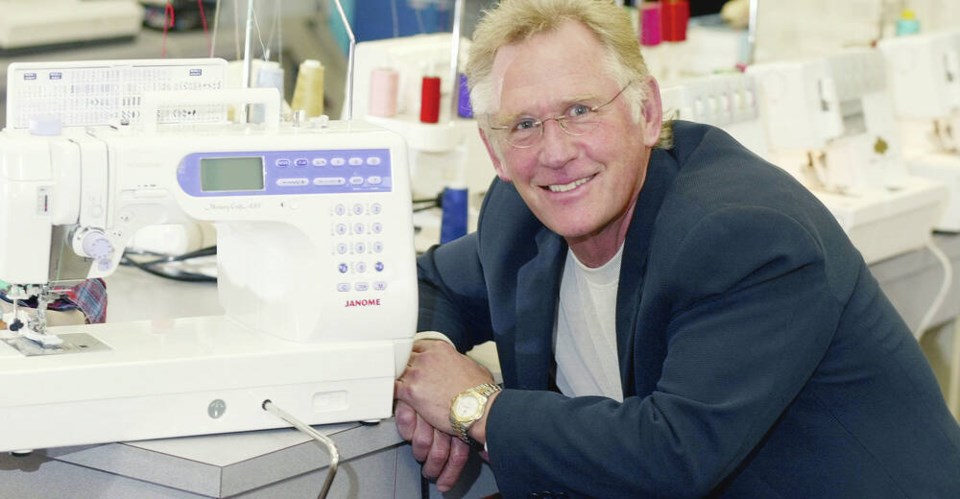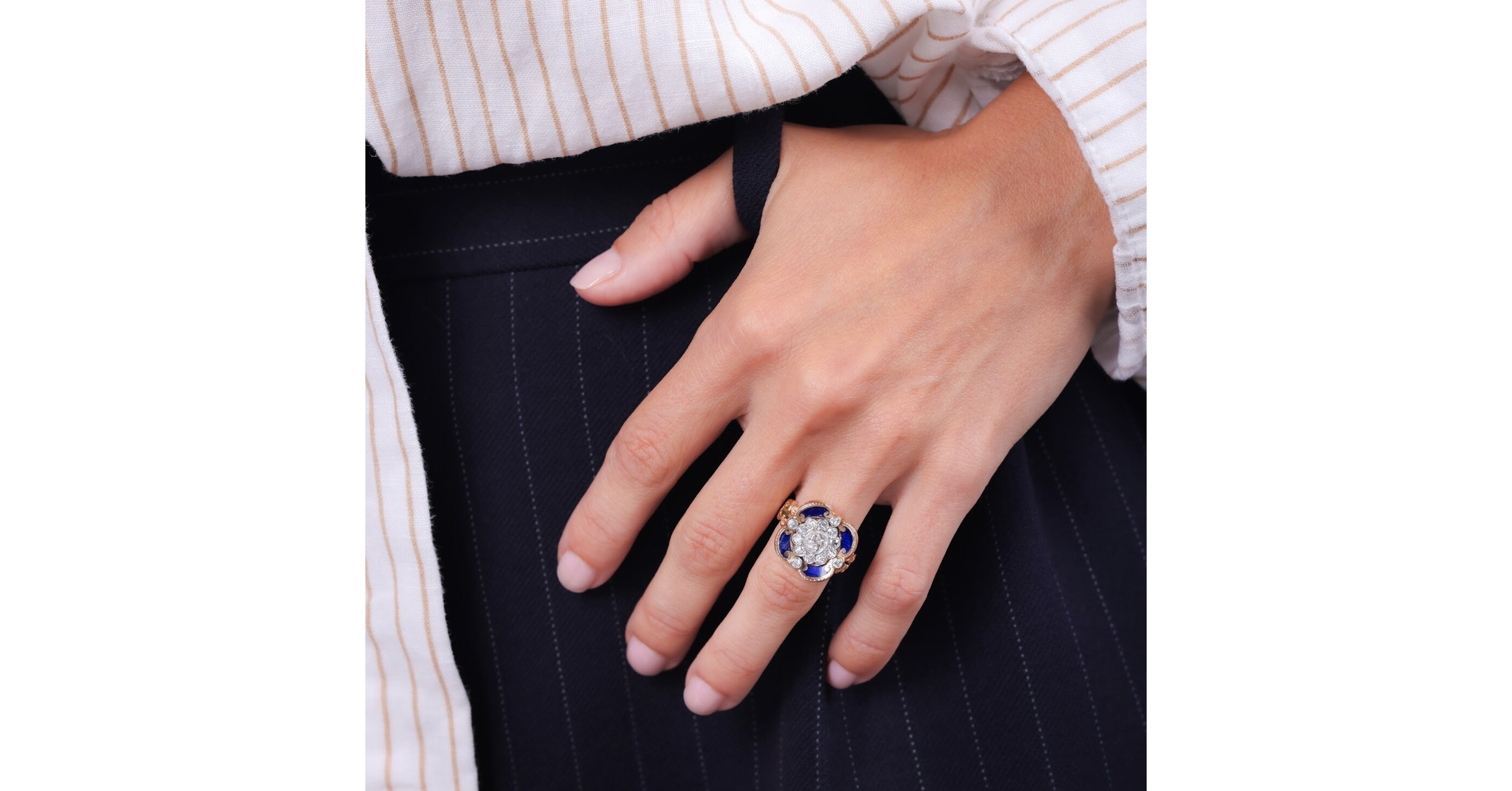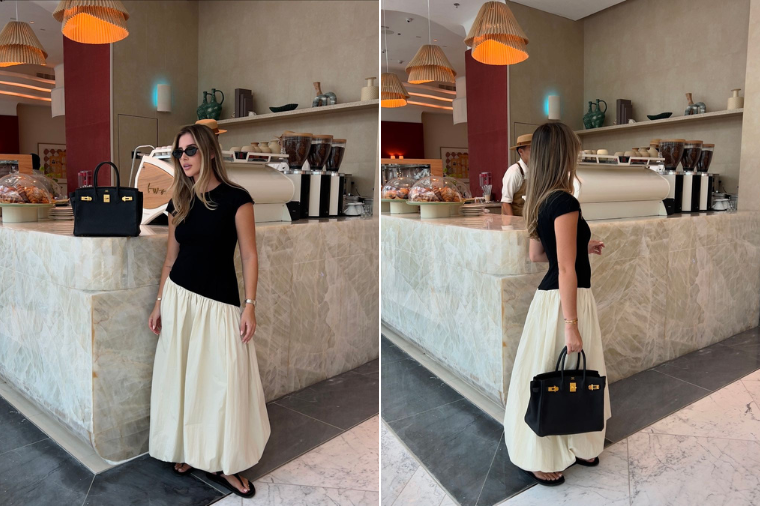Late on March 24, 1953, star crime reporter Harry Procter pulled up outside 10 Rillington Place . The bodies of three women had been found sealed up in a wall inside one of the dingy Victorian terraces in Notting Hill, with another hidden under the floorboards. While chatting with one of the officers guarding the door, Proctor remembered visiting three years earlier and interviewing the man police were now hunting – John Reginald Halliday Christie .
Back then he had been sent to speak with him after another tenant, Timothy Evans, was accused of murdering his wife Beryl and baby daughter Geraldine. He encountered Christie again during Evans’s trial at the Old Bailey, in which the mild-mannered clerk in the horn-rimmed glasses was the star witness who helped send his neighbour to the gallows. Proctor – like the other reporters covering the case – was convinced it was simply another domestic tragedy.
But the discovery of more bodies inside the house now raised some disturbing questions. Was there a serial killer at work inside 10 Rillington Place? And did he frame an innocent man? The grim tale of the Christie murders, recounted in countless books, documentaries and dramas in the 70 years since, is revisited once again by bestselling true crime author Kate Summerscale – who has unearthed astonishing evidence suggesting a new solution to one of the UK’s most notorious cases. Speaking to Metro ahead of the release of The Peepshow: The Murders at 10 Rillington Place las.


















